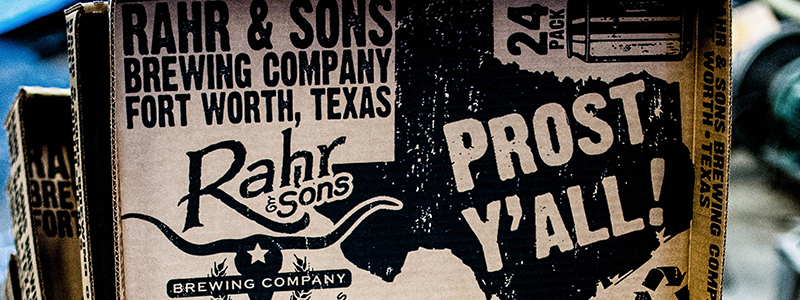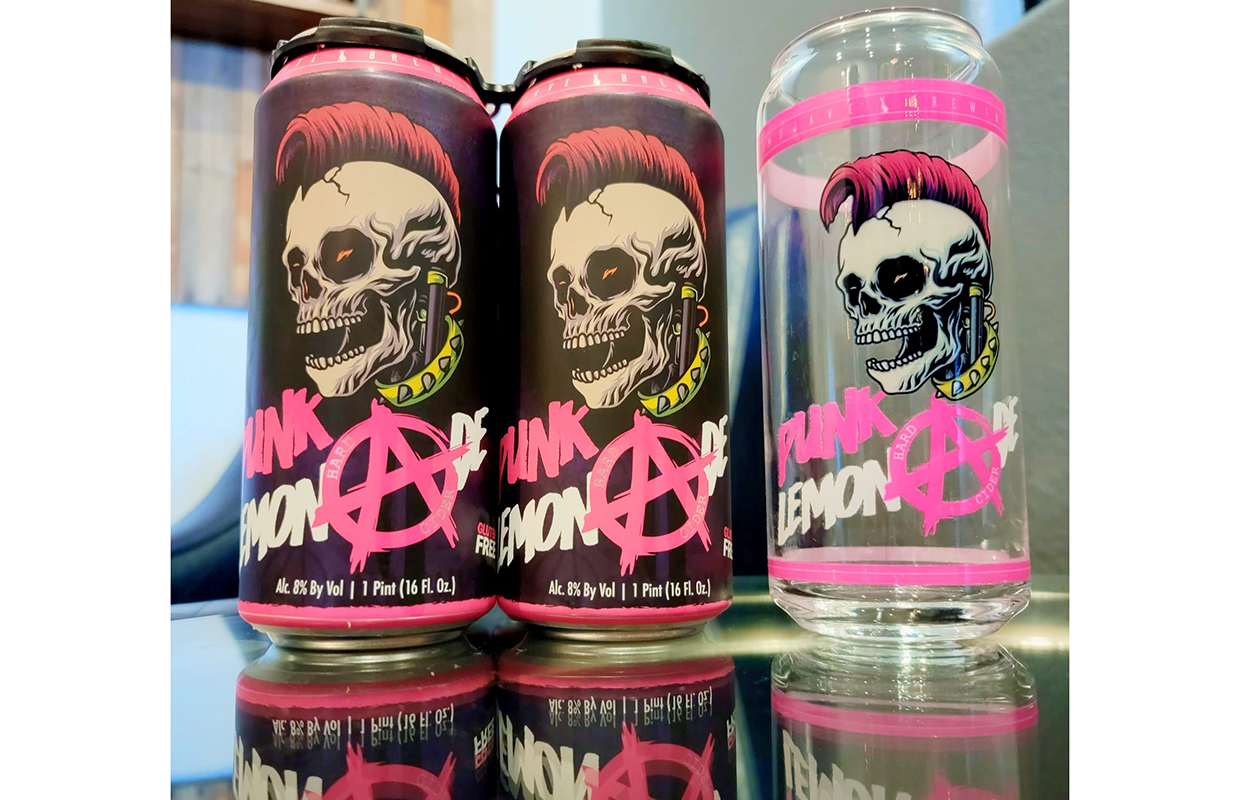
Last month, MadTree Brewing shared insight on how it conducted a tasting panel and the importance of it. Breakside Brewery and Rahr & Sons also conduct similar panels and shared their insights as well.
“I think the benefits of running regular panels and tasting beer at different ‘ages’ have been huge,” said Breakside Brewmaster Ben Edmunds.
He said the panels give the team a sense of how stable the brewery’s beer is, including how it ages: what is the consumer who buys a 15 day-old bottle getting versus a 40 day-old bottle.
“It keeps us focused on ‘likely consumer experience,'” he said.
It has allowed key members of the Breakside team to establish a shared vernacular for talking about the brewery’s beers and beer in general.
Rahr & Sons‘ Lab Tech, Sam Gebhardt said that she believes that panels have made their brewery better by providing them with information to build specific profiles for each beer.
They have been able to build profiles by using an app called “DraughtLab”. Each panelist is able to give their input through this app, giving Rahr & Sons’ team a profile of what they’re looking for in every beer.
“When it comes to changing something in any of our beers, or deciding on attributes of a new beer, these panels have really helped us to choose the best methods and ingredients,” Gebhardt said. “We’ve even been able to adjust ingredients by specific amounts by experimenting and taking it to our panelists.
“I hope to continue to grow and improve our trained panel, it’s been a great experience for all of us involved.” 
Breakside does a number of sensory panels to evaluate beer quality, but the most important and wide-ranging is what Edmunds just refers to as their “QA Panel.” That panel includes Edmunds, the director of brewing operations, head brewer, packaging ops supervisor, QA manager, technical projects manager and the R&D brewers.
“It’s essentially all of our most senior production staff and ‘decision makers,’ and it’s the time each week when all of us are required to get together, sit down and review our beers,” he said.
Edmunds said they organize panels differently than what he has seen at some other breweries.
“We don’t just focus on technical attributes, intensity ratings or true-to-brand specs; we also focus on the enjoyability of the beer, whether it is delicious, drinkable,” he said. “We spend a lot of time talking about preference, and I think that has allowed us to create beers that hit that ‘sweet spot’ for many people’s palates.”
They taste every batch of packaged beer at 15-, 30-, and 45-days after bottling. They include all draft-only batches 30 days after they are kegged.
“We also review innovation/pub/small batch beers,” Edmunds said. “This happens each week and lasts 60-90 minutes.
“The goal is to taste the beer that is out on the market — similar to the beer that a consumer would experience. We discuss the technical merits of each batch, whether it fits our true to brand specifications, any potential defects, and any upcoming trials that we might want to run.
Setting up a sensory panel has definitely taken time, but it’s been worth it Gebhardt said.
“The employees that participate have expressed their interest in wanting to expand their knowledge of beer,” she added. “We try to achieve this, not only by training them in smell and taste, but also by educating them on where these flavor attributes come from and how they can develop.
“I’ve also incorporated some history lessons on beer styles once or twice.”
Certainly one of the key components Rahr & Sons strives for during panels is consistency.
And Gebhardt means that in more ways than one, not just consistency in the beer, but the environment as well.
“We want our panelists to be consistently able to identify a flavor attribute themselves, and also as a group. We also want the environmental conditions around them to be consistent,” she said. “Before we had a tasting room, people were always struggling with distractions like forklift exhaust, or people chatting a few feet away from them, or were uncomfortable if it was too hot or too cold. Building the tasting panel room has really allowed us to eliminate those distractions and feel confident that we’ve provided an environment in which it is much easier to learn.
“I aim to do panels once a week, but it’s been about every other week. I’ve done specific trainings for our panelists to help them learn how to look for certain flavor attributes, etc. Then we use them for panels to assess our beer, hops, malt, whatever.”






1 Trackback / Pingback